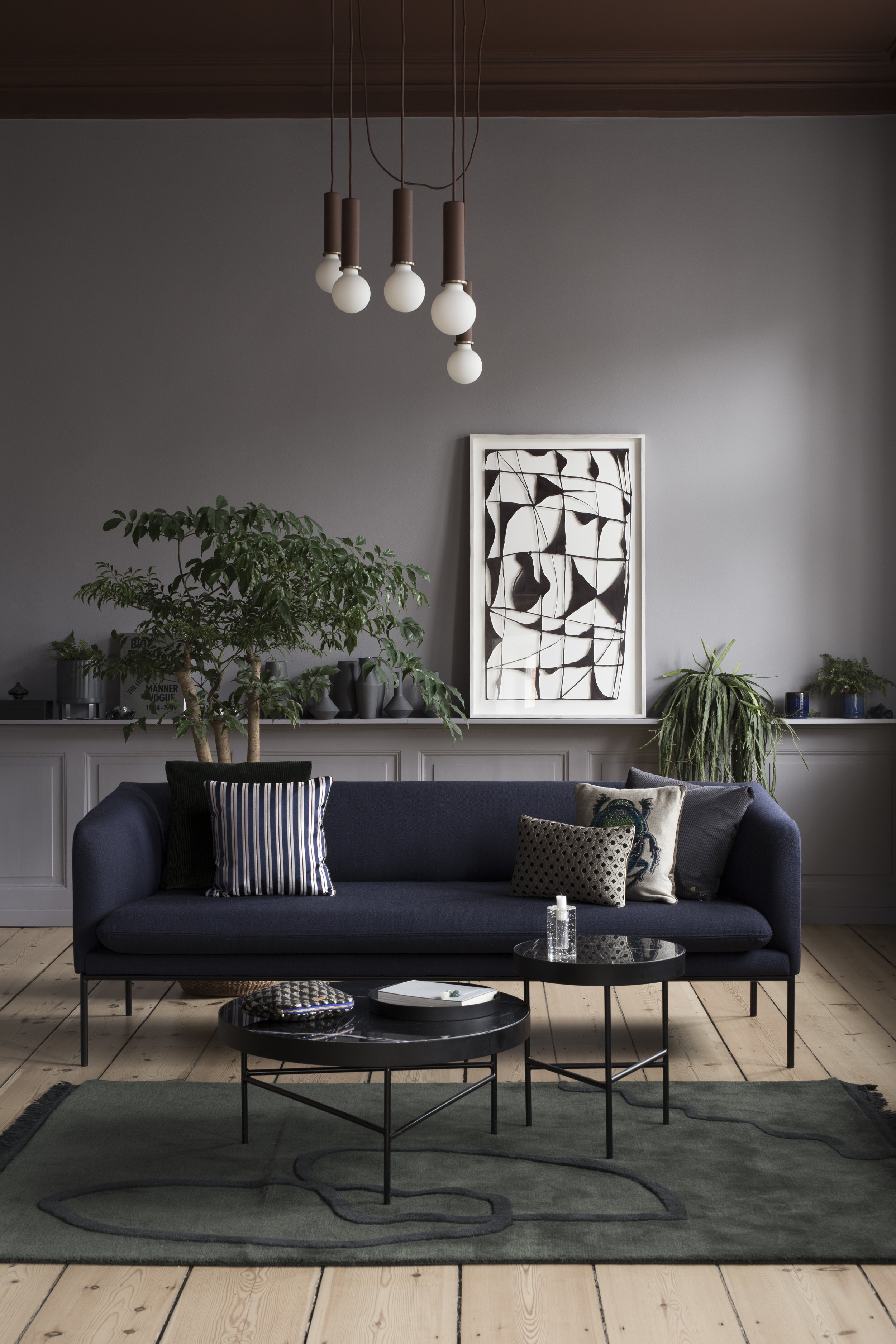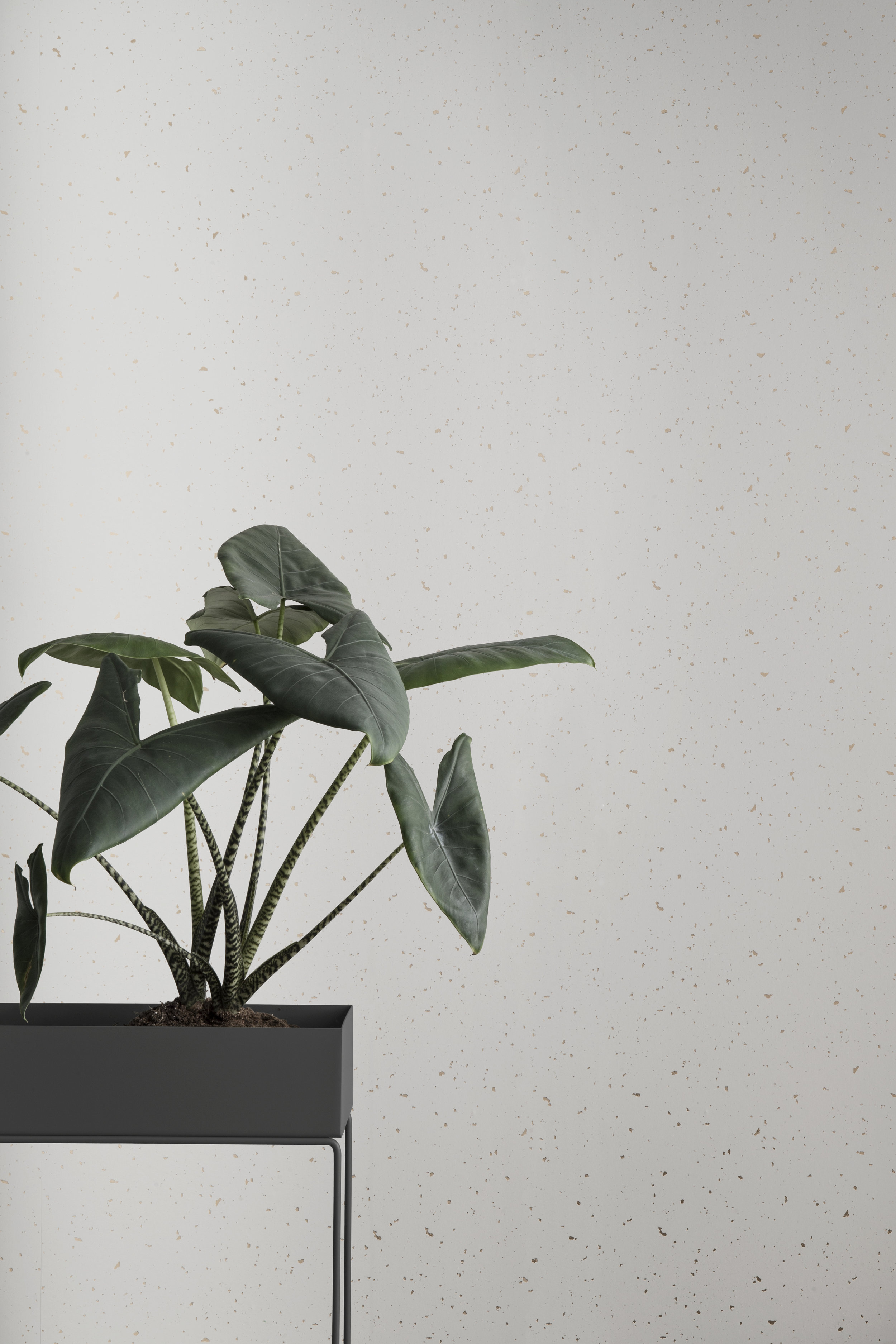An indoor jungle that thrives
Keeping plants alive, we know, can be tricky. Whilst greeny offers substantial visual appeal it’s important to remember that plants, like us, are a living being with life sources needed to survive.
1.
PLANTS NEED LIGHT
For plants, light equals food. The quality of light and the intensity should be carefully considered and acknowledging the characteristics of light will help in understanding how a plant will behave within a space.
The quality of light is based upon the colour of light omitted. Plants appear green as they reflect green light, so providing more of this is useless to them as they’re unable to absorb it. Yellow, orange, red, blue, violet and UV light from the sun is needed within most plants ‘light-diet’. The intensity of light is based on the amount of light provided to the leaves, curtains, the time of day and other furniture items may all obstruct the intensity of light provided causing positive or negative reactions depending on the plant. With this in mind where plants are situated within a space should be influenced depending on each species individual needs with consideration of how much sunlight is required made before making plant selections.
2.
WATER - HOW MUCH IS TOO MUCH?
Watering plants is obviously an essential element for optimum plant health, aiding vital minerals to move to where they are needed most. How much water and how often can however be tricky to navigate.
Water provides structural support, when plants cells are filled with water they become stiff and will stand upright from watering, retaining their shape. A lack of water will cause the opposite with cells deflating and plants will give clear signs of this, appearing wilted.
Just as plants need varied amounts of light depending on their species, the amount of water needed is also dependant on the plants natural environment. Is its origin rainy and tropical or dry and hot? This simple question will help to gauge how much water is required.
A plants scale should also determine the amount of water needed. Soil is like a sponge and so smaller planters holding less soil will dry out much more quickly than larger pots retaining large amounts of soil. For larger plants let the water soak in until the soil is saturated, smaller planters will require less to avoid root rot, but require more frequent watering.
3.
PLANTS ARE SHAPED BY THEIR ENVIRONMENT
Plants are an effective way to dress a space but it’s important to remember that they aren’t a piece of furniture, they’re a living organism and so putting plants needs first is a must. Consideration for the space as a whole is needed when trying to recreate the plants natural environment as is the changing environment of a space throughout the seasons. Window sills which are sunny in the winter most likely won’t obtain an abundance of light by winter time and so as the seasons change, so to should the location of indoor plants.
Most houseplants require an element of humidity, tropical plants in particular, and so placement near air conditioning units or radiators should be avoided. In short, plants decide where they are positioned.
For an indoor jungle to thrive think of plants like people; they need light, water and a well needed change of scenery from time to time...
The power of plants; why all people, should be plant-people
Indoor botanicals offer us more than a picturesque aesthetic. We explore why embracing plant-pot-parenthood is not only good for a space’s design but also the body and soul.
Our human desire to connect with nature is not a ‘trend’, it’s a true biological need . In recent years scientific studies have shown undisputed correlations between the great outdoors and it’s calming effects, even when exposer is only brief. The age-old cure for feeling low has always been to get up and go outside, which most will recall does indeed work wonders, reducing mental fatigue and stress whilst increasing self-esteem. We all seek to connect with botanicals in their natural environments but in our modern lives most of our time is spent indoors and so greenifying interior spaces is undeniably important .
Plants add life to sterile workspaces, reducing noise levels whilst providing privacy. As a result indoor greenery utilized in these spaces has been proven to encourage concentration and creativity. As well-being improves and employees take less days off work due to illness, overall productivity subsequently increases.
The leaves of plants absorb and reflect noise, a benefit which throughout history has been utilised within exterior horticulture design, reducing noise in busy cities from transport and nightlife. More recently this concept has transferred into interior spaces with plants cleverly combined to reduce background level noise, sound-breaking to creating a tranquil environment.
Air pollution is an issue we all face every day and not just outside, we’re surrounded by unclean air in our workplaces and homes too. Sick Building Syndrome is a term often associated to this, used to describe sudden symptoms or illnesses by people who are otherwise healthy yet experience various health disorders when at work in large commercial buildings - symptoms in these cases usually disappear when employees are away from the building and reappear when back at work. It’s not just commercial buildings either, the compounds causing these effects can be found in almost every home.
Plants clean indoor air by absorbing harmful toxins, increasing a spaces humidity and producing the all important lifesource we need; oxygen. Purifying species such as snake plants, pothos, birds nest ferns and philodendrons are all ideal options when utilising plants in the fight against polluted environments.
Considering the power plants have on our daily lives, as well as human existence overall, it's difficult not to embrace them in our homes and social spaces. Keeping plants alive however, we know, can be tricky. Whilst greenery offers substantial health benefits and visual appeal it’s important to remember that plants are a living being, with life sources needed to survive too. Follow us here as we explain how to create an indoor jungle that thrives...








